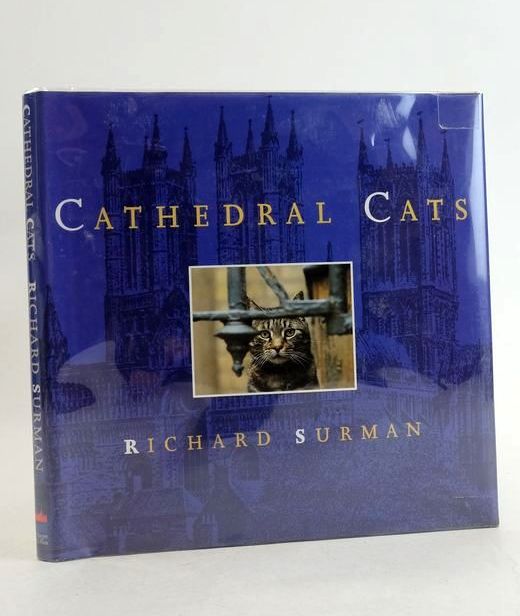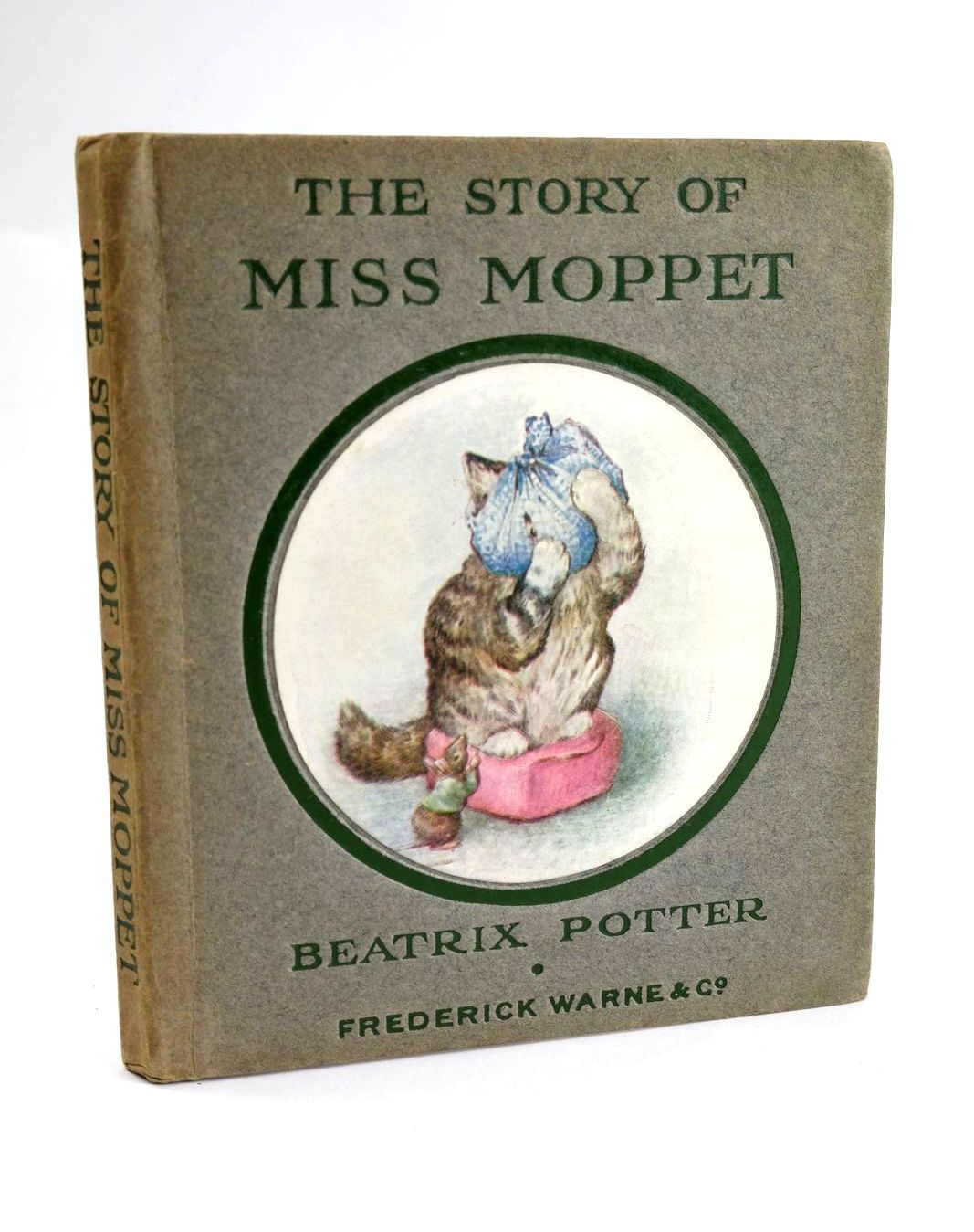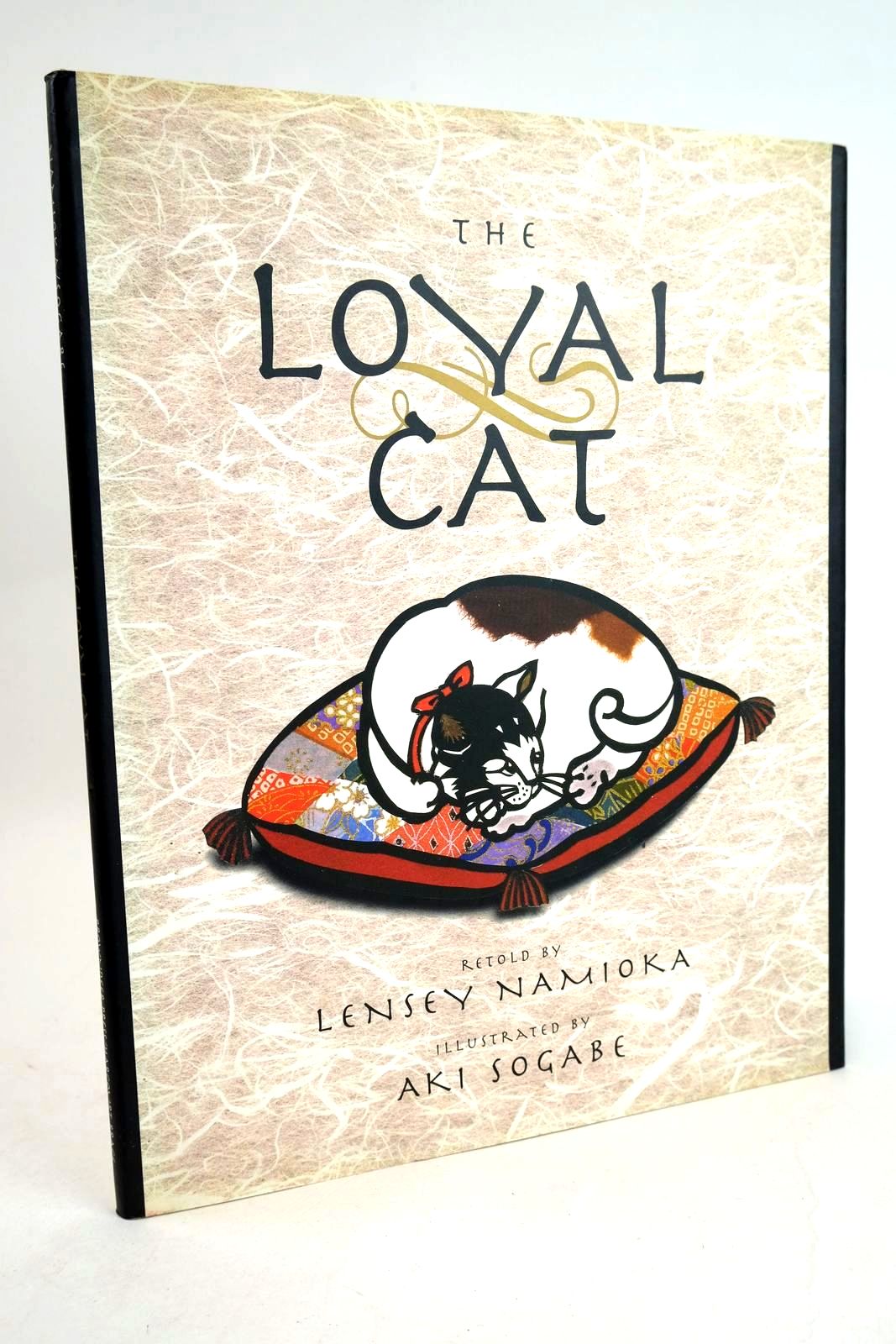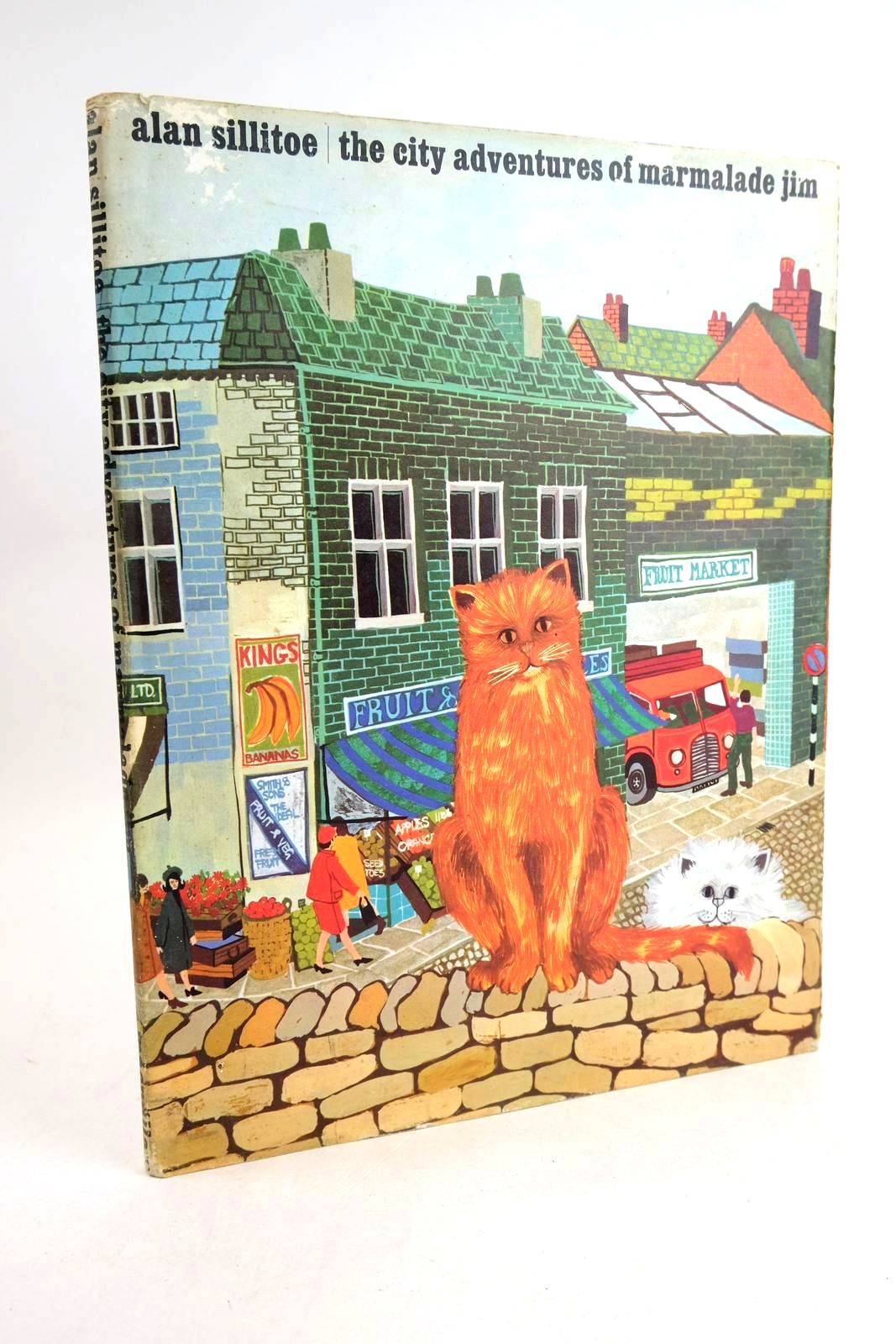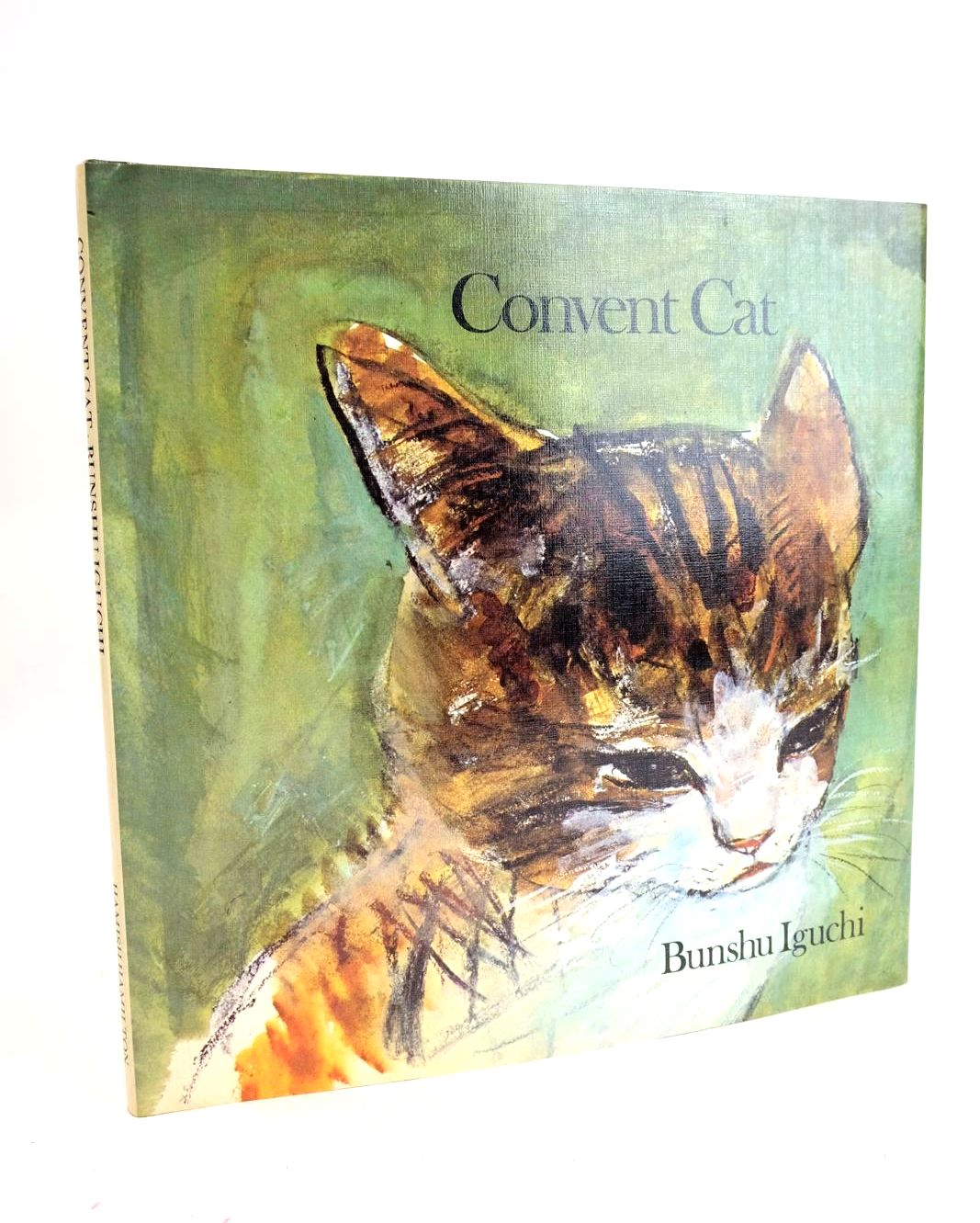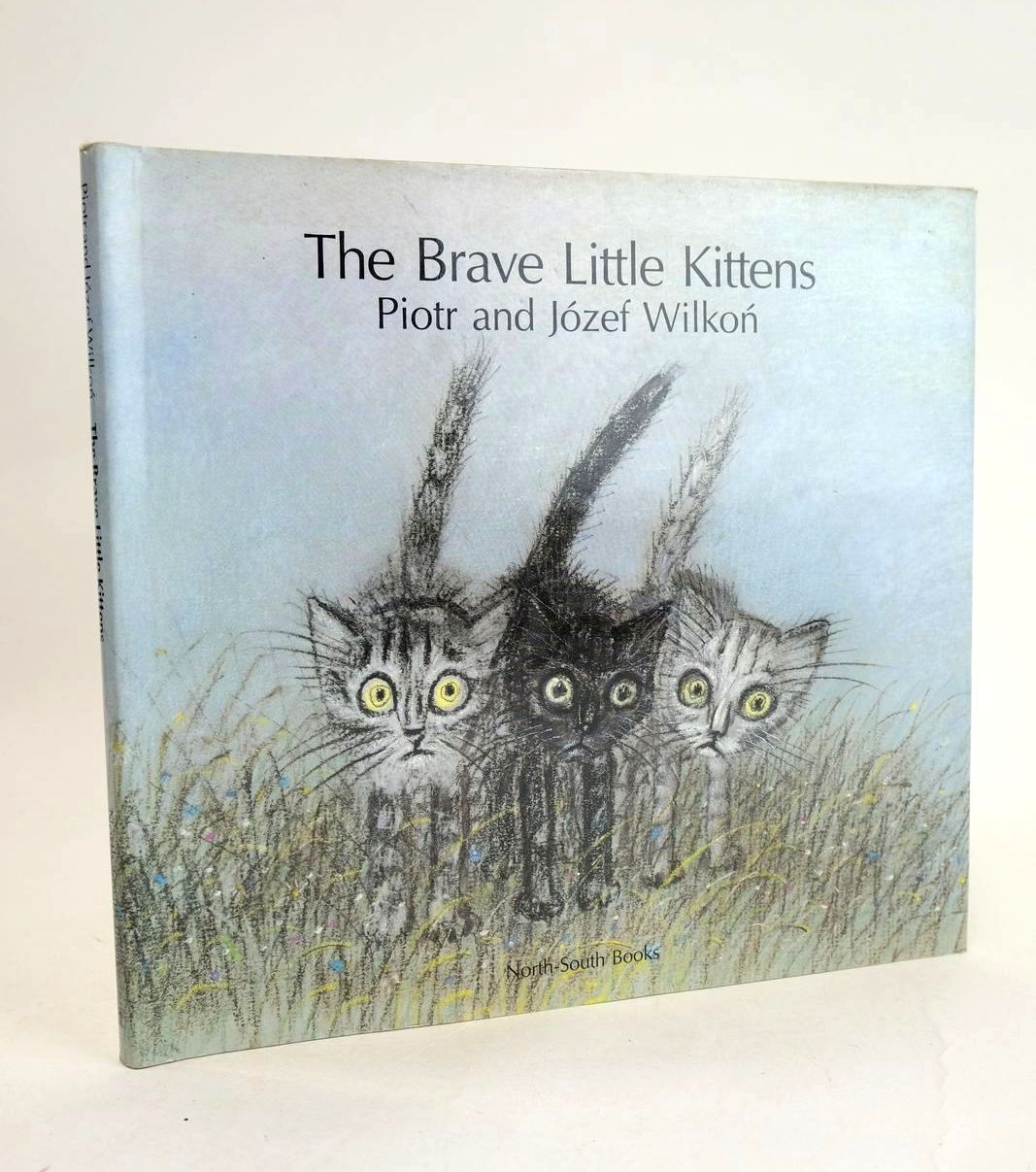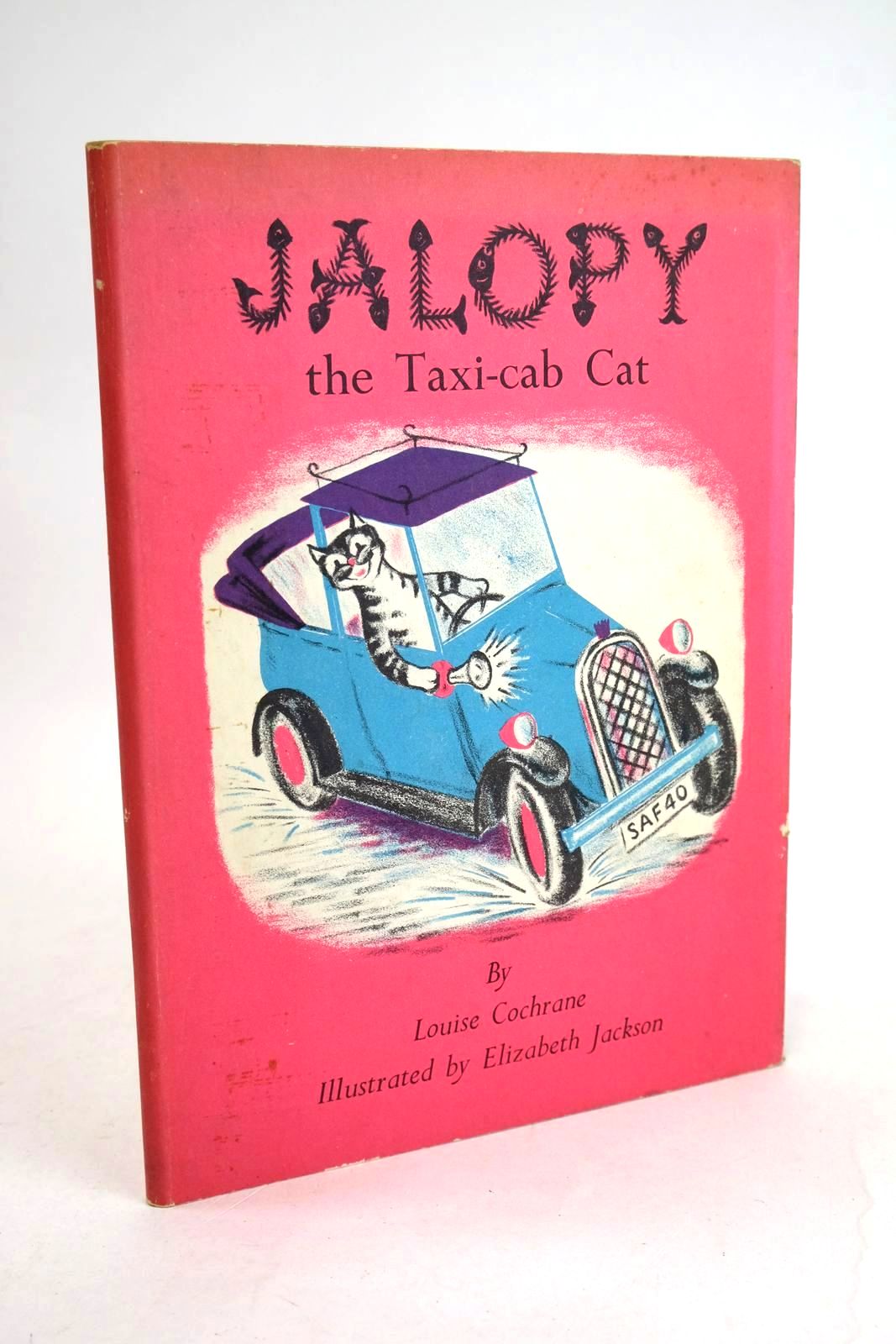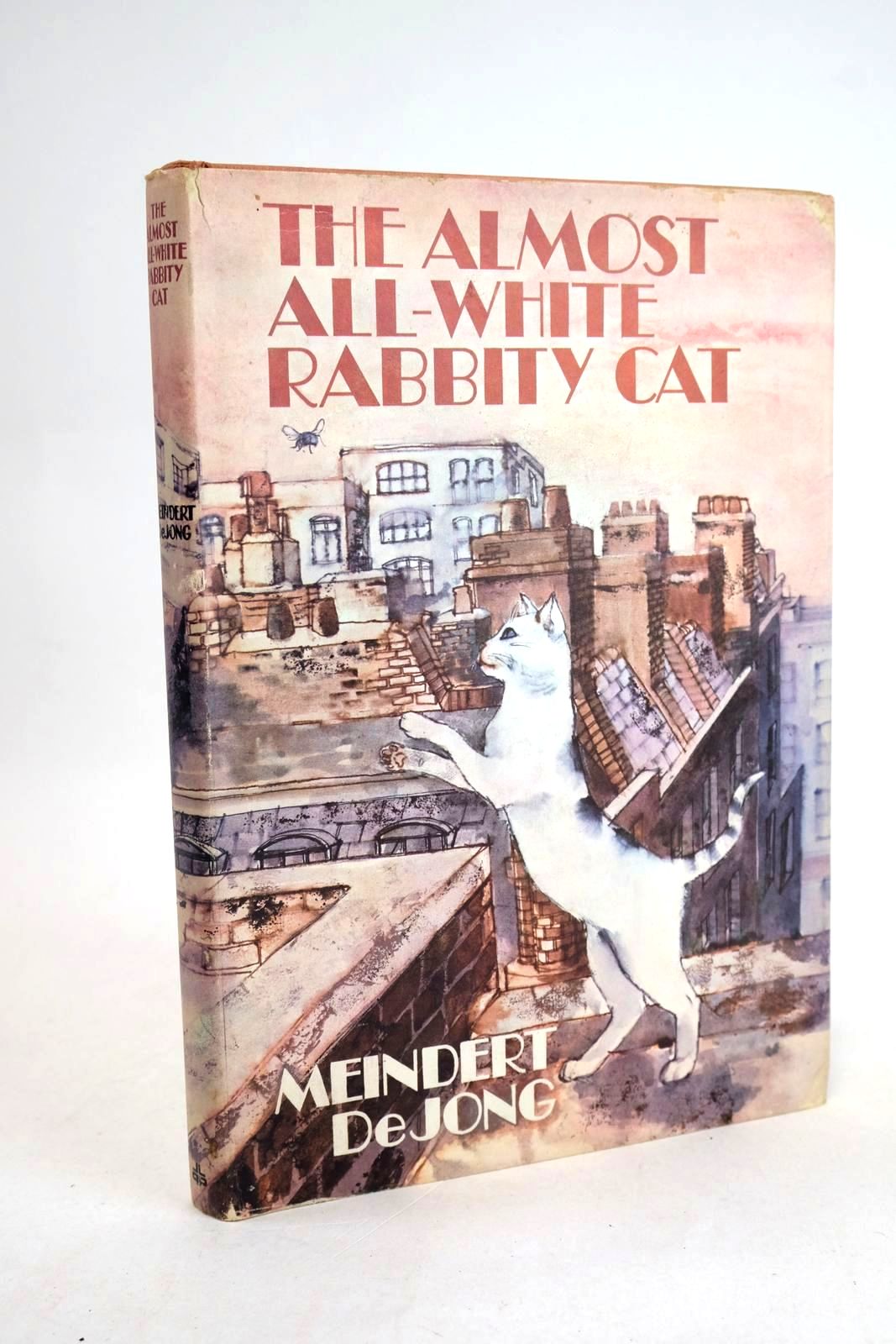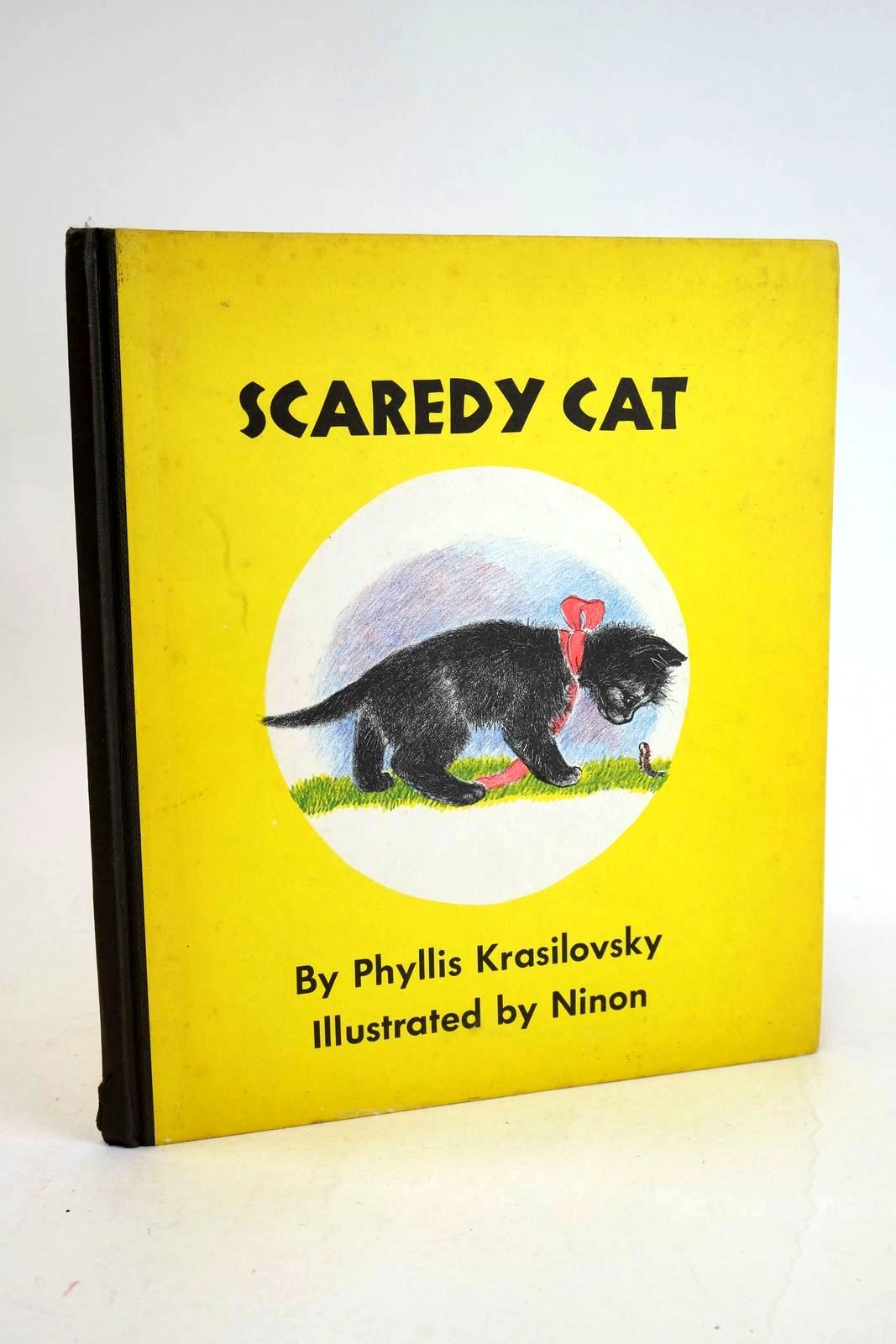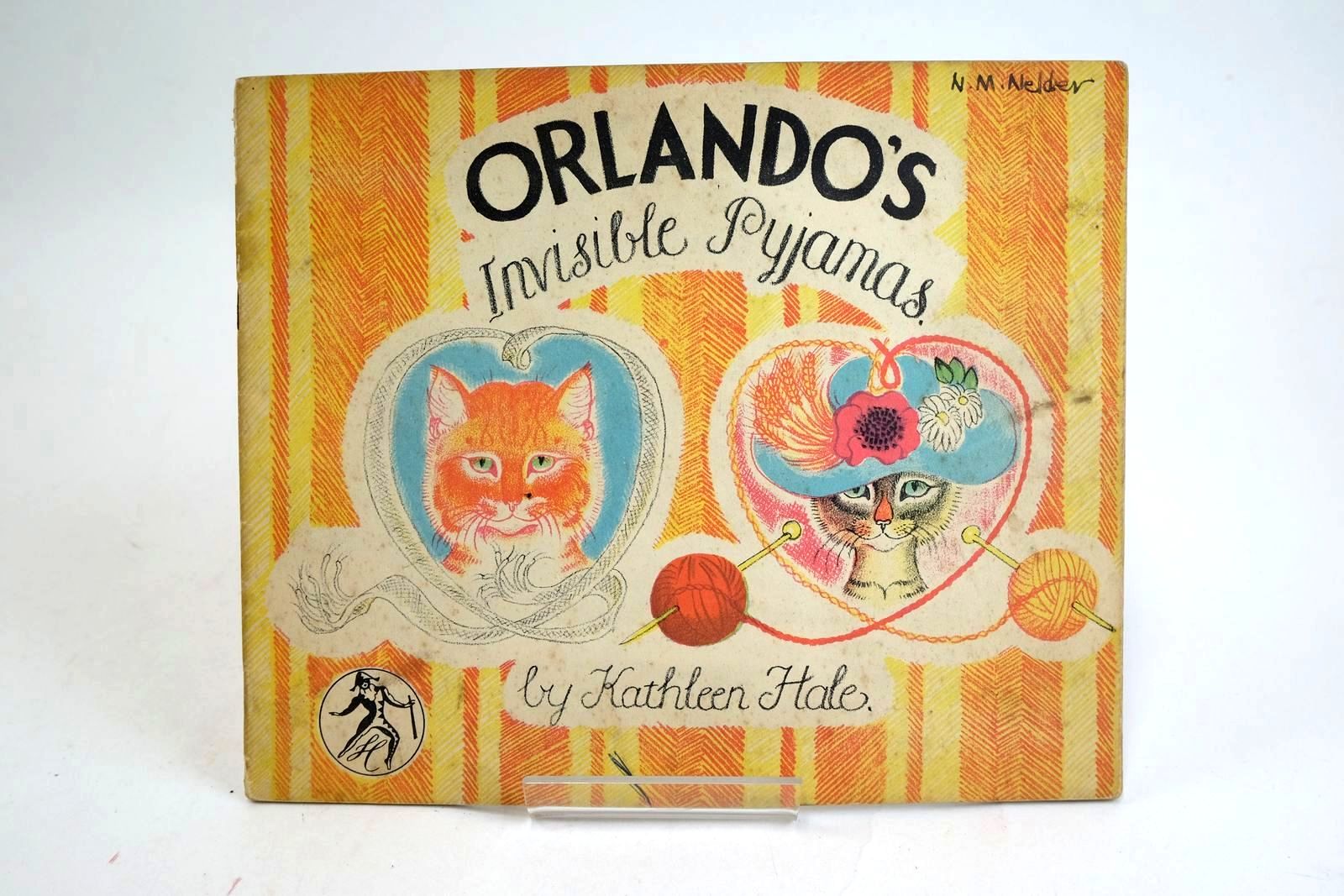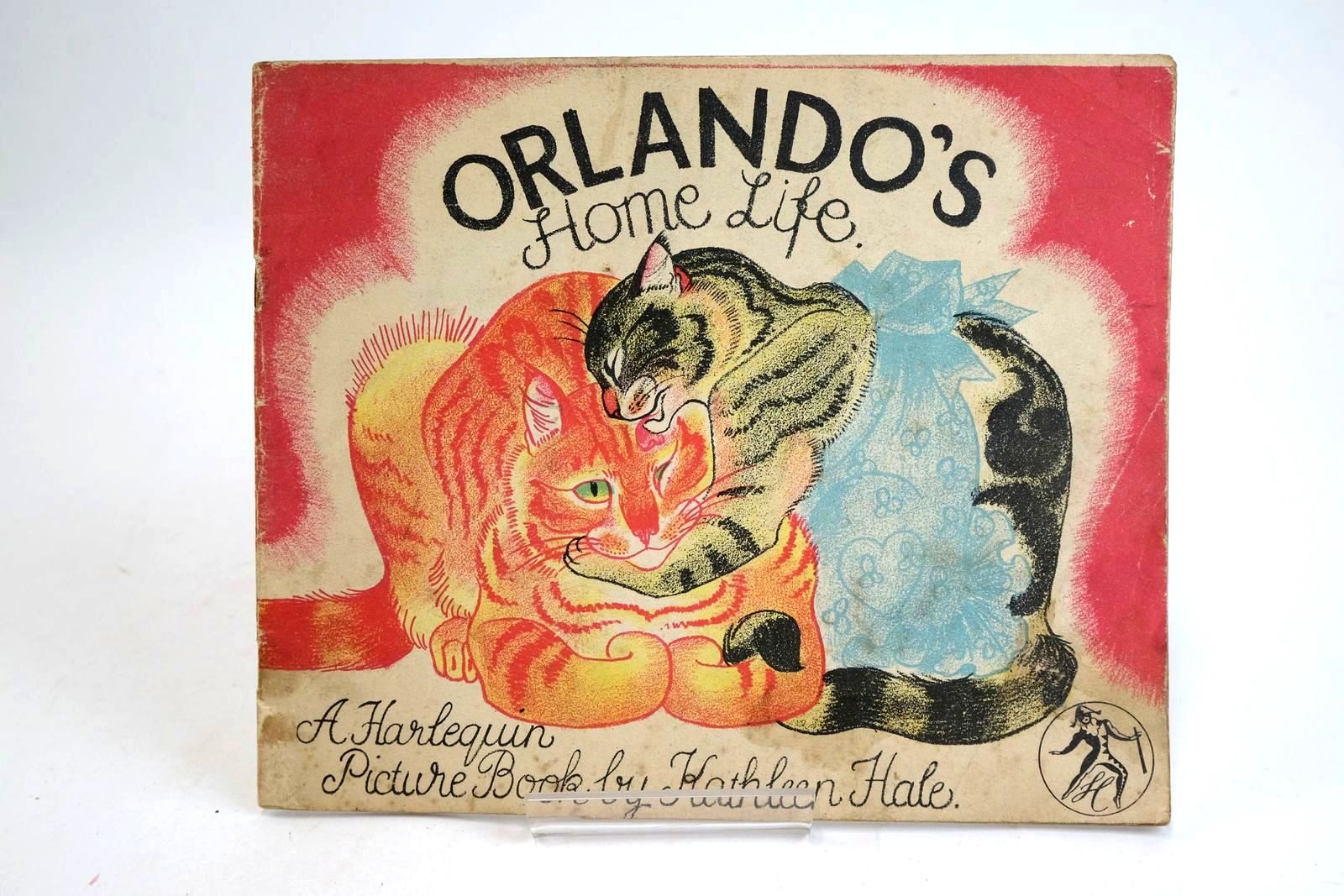The History of the Domestic Cat
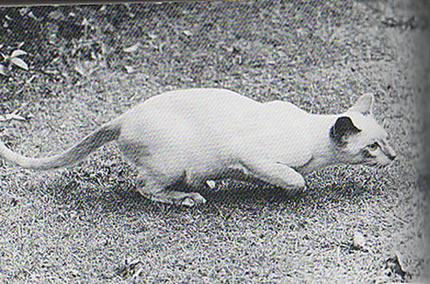 How do you feel about the domestic cat? Chances are, if you are looking at this webpage now, you love them rather than hate them. Few people are neutral towards cats. Throughout its history, the cat has been seen as both demonic and godlike – what a contrast!
How do you feel about the domestic cat? Chances are, if you are looking at this webpage now, you love them rather than hate them. Few people are neutral towards cats. Throughout its history, the cat has been seen as both demonic and godlike – what a contrast!
The domestic cat can be traced back to a small African wild cat, a grey animal with blackish stripes and spots on the body and legs, dusky feet and a black-tipped tail with several rings.
Ancient Egypt:
The cat, along with the lion and a number of other creatures, was sacred to the Ancient Egyptians. The killing of a cat, whether intentional or not, was punishable by death. It has been recorded that a soldier who drove his chariot over a cat in Alexandria was consequently stoned to death by an enraged mob!
Wild cats were attracted to the Egyptian granaries by the rats and mice present. They came uninvited but stayed as welcome guests. The Egyptians were skilled at taming wild animals and it wasn’t long before the cat had found its way into the household as a much loved pet and mouser. In time, the cat had so captured the imagination of the Egyptian people that it came to be worshipped as a deity. The natural death of a cat was marked by its owners going into mourning and shaving off their eyebrows!
During this time of the cat’s history, the curled-up cat was a symbol of eternity, a circle with no beginning and no end. The cat also became a symbol of fertility, its power surviving the demise of both Egyptian culture and later the classical world.


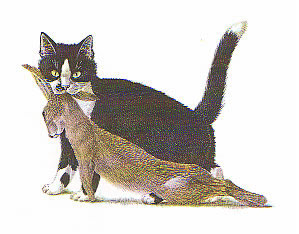
Roman:
From Egypt, the cat made its way to Rome and became the symbol for liberty.
In the 5th century, the last of the Romans left the United Kingdom and abandoned their cats to live feral. It is believed that it is probably through the regular shipping of the Romans that the first domestic cat entered the United Kingdom.
Europe:
The cat was known as a symbol of fertility and, as such, was vulnerable to persecution. Thousands were sacrificed each year after harvest in the belief that it would bring fertility to the soil and good fortune to the harvesters.
Medieval:
Christianity was dominated by men leaving few roles for the women folk. Women who believed local faiths and were not drawn to Christianity would later be accused of witchcraft. Persons who kept cats were suspected of being witches and were put to death along with their feline companion.
 Today:
Today:
The cat has become an emblem of good luck. In some European countries, a white cat is the bringer of good fortune and a black cat is the bringer of bad.
Many households today own at least one cat – I had six at one stage although some profess to have many more! In this day, a cat’s life is generally an easy one of sleeping, eating, sleeping, and - did I mention sleeping?!
Whatever your belief, the cat is here to stay.
Information gathered from: Cherub Cat, Angel Tiger by Marie Angel (and pictures), Incredible Cats by David Greene & Cats by Roger Tabor. Pictures from: Zoe’s Cats by Stokes, The Siamese Cat by Lauder.
Contributed by Sonia Bryant
(Published on 15th Sep 2014 )


